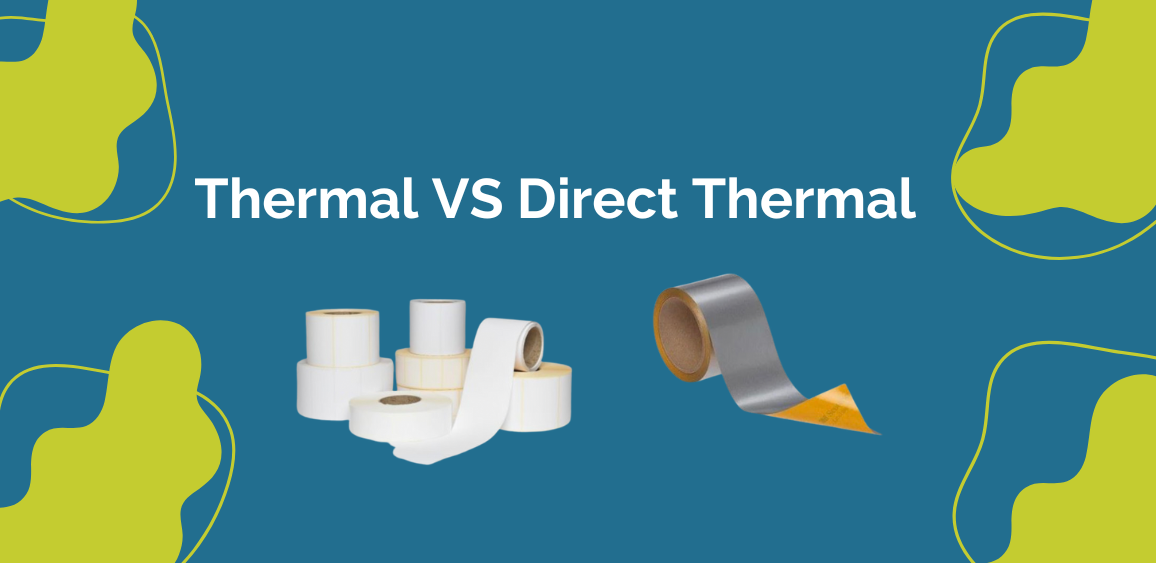Thermal transfer versus direct thermal printing and which is the best option for your business needs.

Understanding the Basics:
Direct thermal and thermal transfer labels play crucial roles in industries where labeling is integral to daily operations. Let's start with the basics:
-
Direct Thermal Labels: These labels use heat-sensitive paper that darkens when it passes over a thermal print head. Ideal for short-term applications like shipping labels and receipts. No need for ribbons or inks, making them cost-effective and low-maintenance.
-
Thermal Transfer Labels: Utilise a thermal transfer process, involving a thermal ribbon to transfer ink onto the label. Known for producing high-quality, durable prints suitable for long-term use. Versatile and commonly used in industries like manufacturing, healthcare, and automotive.
Pros and Cons:
Direct Thermal Labels:
-
Pros: Cost-effective with no need for additional consumables. Ideal for applications with a short lifespan. Simple and low-maintenance.
-
Cons: Sensitive to heat and light, causing fading over time, and recommended for short-life labels like packaging and the food industry. Reduced durability compared to thermal labels.
Thermal Transfer Labels:
-
Pros: Durable and resistant to environmental factors. Suitable for long-term applications. High-quality prints with better resolution.
-
Cons: Requires thermal transfer ribbons, adding to the overall cost.Regular maintenance to replace ribbons and ensure consistent print quality.
Choosing the Right Label for Your Needs:
Deciding between direct thermal and thermal transfer Labels depends on your specific requirements. Consider the following factors:
-
Application Duration: For short-term needs, direct thermal labels are a cost-effective choice. For long-term requirements, thermal transfer labels ensure durability and legibility.
-
Environmental Conditions: Direct thermal labels may fade under exposure to heat and light. Thermal transfer labels are better suited for harsh environmental conditions.
-
Budget Constraints: Direct thermal labels generally have a lower upfront cost. Thermal transfer labels may require a higher initial investment but provide long-term savings in durability.
Conclusion:
In the direct thermal vs. thermal transfer labels debate, there's no one-size-fits-all solution. The key is understanding your specific application needs and making an informed decision based on cost, durability, and print quality.
At Labfax, we offer a wide range of labeling solutions tailored to meet your unique requirements. Feel free to reach out to our experts for personalised guidance.

